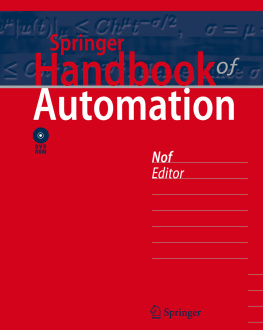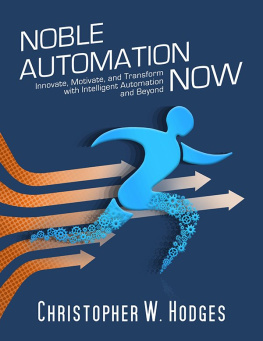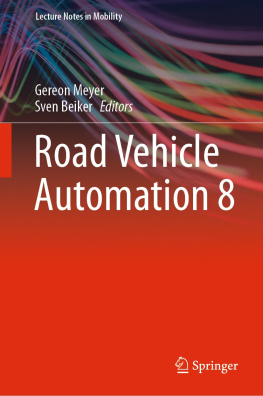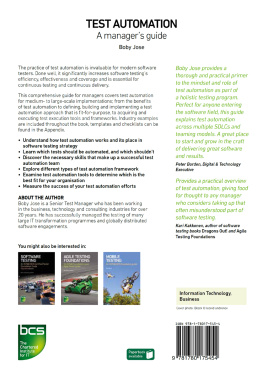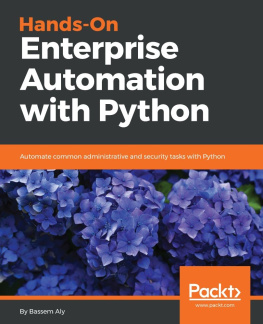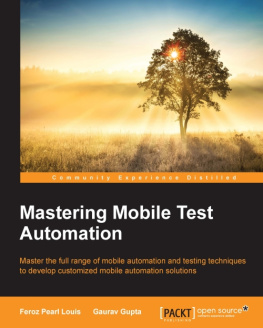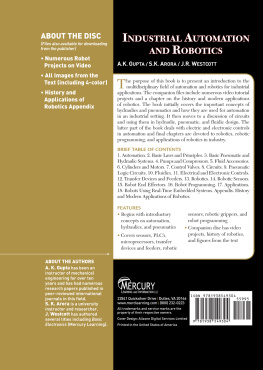Shimon Y. Nof (ed.) Springer Handbook of Automation 10.1007/978-3-540-78831-7_1 Springer-Verlag Berlin Heidelberg 2009
1. Advances in Robotics and Automation: Historical Perspectives
The bodies of human beings are smaller than those of wild animals. Our muscles, bones, and nails are smaller and weaker. However, human beings, fortunately, have larger brains and wisdom. Humans initially learned how to use tools and then started using machines to perform necessary daily operations. Without the help of these tools or machines we, as human beings, can no longer support our daily life normally.
Technology is making progress at an extremely high speed; for instance, about half a century ago I bought a camera for my own use; at that time, the price of a conventional German-made camera was very high, as much as 6months income. However, the price of a similar quality camera now is the equivalent of only 2weeks of the salary of a young person in Japan.
Seiko Corporation started production and sales of the worlds first quartz watch in Japan about 40years ago. At that time, the price of the watch was about 400000Yen. People used to tell me that such high-priced watches could only be purchased by a limited group of people with high incomes, such as airline pilots, company owners, etc. Today similar watches are sold in supermarkets for only 1000Yen.
Furthermore, nowadays, we are moving towards the automation of information handling by using computers; for instance, at many railway stations, it is now common to see unmanned ticket consoles. Telephone exchanges have become completely automated and the cost to use telephone systems is now very low.
In recent years, robots have become commonplace for aiding in many different environments. Robots are machines which carry out motions and information handling automatically. In the 1970s I was asked to start conducting research on robots. One day, I was asked by the management of a Japanese company that wanted to start the sales of robots to determine whether such robots could be used in Japan. After analyzing robot motions by using a high-speed film analysis system, I reached the conclusion that the robot could be used both in Japan as well as in the USA.
After that work I developed a new motion analysis method named the robot predetermined time standard (RPTS). The RPTS method can be widely applied to robot operation system design and contributed to many robot operation system design projects.
In the USA, since the beginning of the last century, a lot of pioneers in human operation rationalization have made significant contributions. In 1911, Frederik Tailor proposed the scientific management method, which was later reviewed by the American Congress. Prof. Gilbreth of Purdue University developed the new motion analysis method, and contributed to the rationalization of human operations. Mr. Dancan of WOFAC Corporation proposed a human predetermined time standard (PTS) method, which was applied to human operation rationalizations worldwide.
In the robotic field, those contributions are only part of the solution, and people have understood that mechanical and control engineering are additionally important aspects. Therefore, analysis of human operations in robotic fields are combined with more analysis, design, and rationalization []. Prof. Nof developed RTM, the robot time & motion computational method, which was applied in robot selection and program improvements, including mobile robots. Such techniques were then incorporated in ROBCAD, a computer aided design system to automate the design and implementation of robot installations and applications.
A number of years ago I had the opportunity to visit the USA to attend an international robot symposium. At that time the principle of no hands in dies was a big topic in America due to a serious problem with guaranteeing the safety of metal-stamping operations. People involved in the safety of metal-stamping operations could not decrease the accident rate in spite of their increasing efforts. The government decided that a new policy to fully automate stamping operations or to use additional devices to hold and place workpieces without inserting operators hands between dies was needed. The decision was lauded by many stamping robot manufacturers. Many expected that about 50000 pieces of stamping robots would be sold in the American market in a few years. At that time 700000 stamping presses were used in the USA. In Japan, the forecast figure was modified to 20000 pieces. The figure was not small and therefore we immediately organized a stamping robot development project team with government financial support. The project team was composed of ten people: three robot engineers, two stamping engineers, a stamping technology consultant, and four students. I also invited an expert who had previously been in charge of stamping robot development projects in Japan. A few years later, sales of stamping robots started, with very good sales (over 400 robots were sold in a few years).
However, the robots could not be used and were rather stored as inactive machines. I asked the person in charge for the reason for this failure and was told that designers had concentrated too much on the robot hardware development and overlooked analysis of the conditions of the stamping operations. Afterwards, our project team analyzed the working conditions of the stamping operations very carefully and classified them into 128 types. Finally the project team developed an operation analysis method for metal-stamping operations. In a few years, fortunately, by applying the method we were able to decrease the rate of metal-stamping operation accidents from 12000 per year to fewer than 4000 per year. Besides metal-stamping operations, we worked on research projects for forgings and castings to promote labor welfare. Through those research endeavors we reached the conclusion that careful analysis of the operation is the most important issue for obtaining good results in the case of any type of operations [].
I believe, from my experience, that the most important issue not only in robot engineering but in all automation is to make every effort to paying attention to all the details.
References
1.1.
Y. Hasegawa: Analysis of complicated operations for robotization , SME Paper No. MS79-287 (1979)
1.2.
Y. Hasegawa: Evaluation and economic justification. In: Handbook of Industrial Robotics , ed. by S.Y. Nof (Wiley, New York 1985) pp.665687
1.3.
Y. Hasegawa: Analysis and classification of industrial robot characteristics, Ind. Robot Int. J. (3), 106111 (1974) CrossRef
Shimon Y. Nof (ed.) Springer Handbook of Automation 10.1007/978-3-540-78831-7_2 Springer-Verlag Berlin Heidelberg 2009

